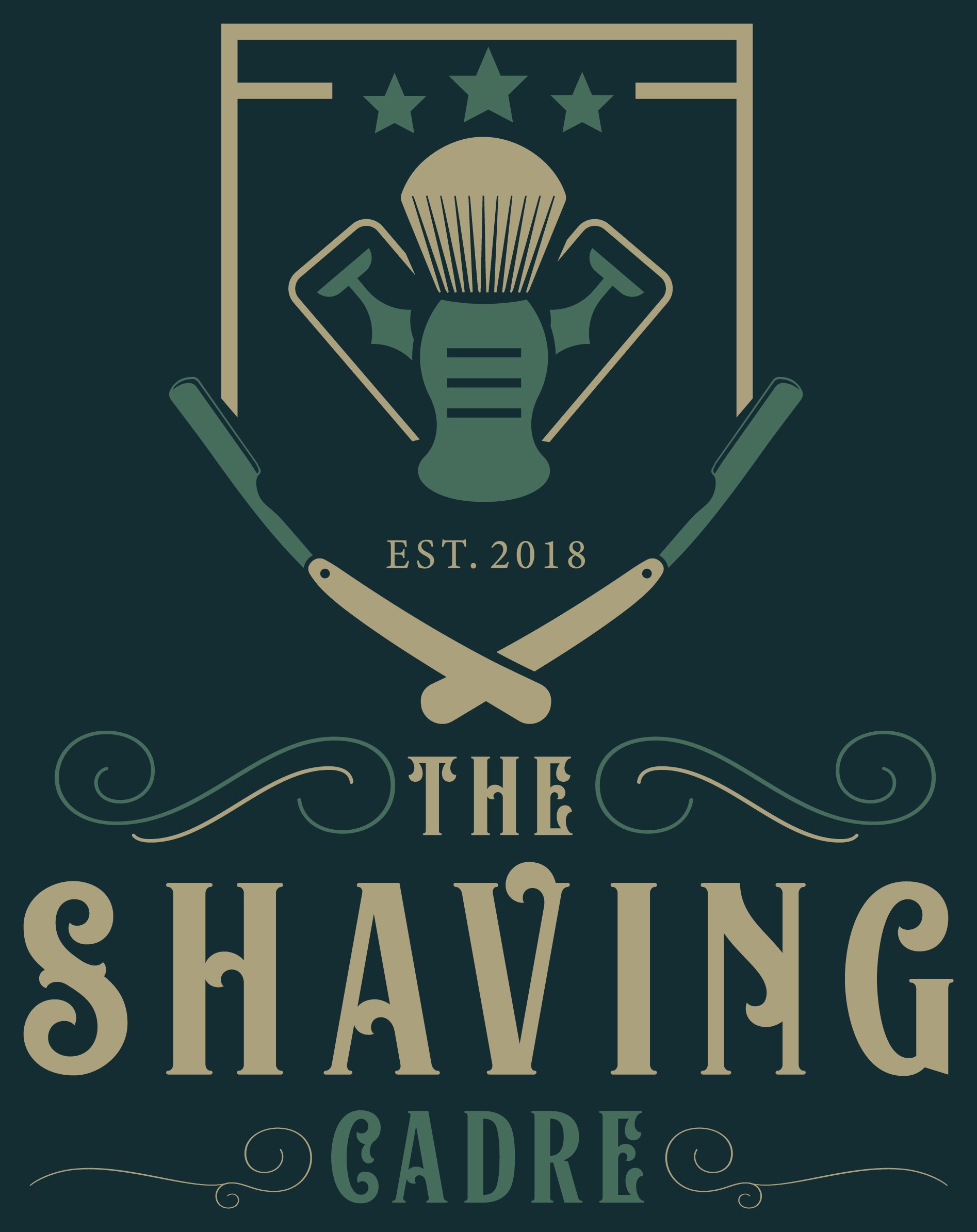clyde72 said:
Hmmm well me being a novice, I've always thought that your stones had to be as flat as possible. So I would lap the bench and see what happened. What could it hurt? Also I thought the advantage of having a wider stone was so you didn't have to do x strokes, is that incorrect? Is there an advantage to x strokes versus straight strokes?
Craig, you are 100% correct in your assessment that a 3" wide stone should not require x strokes, and the stones should be flat. My straight edge when laid longitudinally (across the 12" dimension) on the 3x12 Black shows that it is not completely flat, that some light shines through at either end. But, in the middle 3/4 of the stone, no light. Additionally, when I place the straight edge horizontally (across the 3" dimension), I see no light in the front, middle and back of the stone. Since this is the dimension of my honing travel, I calculated that it would be fine. I should probably check more than 3 points on the stone to be sure. If there is a high spot on a stone, and you are not performing x strokes, there will be parts of the blade that will not touch the stone during the honing stoke. If you are doing x strokes and there is a high spot, more of the blade will hit the high spot giving you a better result.
Honing with Arks is a lot like straight razor shaving. You have to want it. They are extremely hard stones, and they are very difficult to lap flat. The process does require a lot of work. This, and my stones are large, 3x12x1. I have a 12x12 flat granite to lap on with SiC powder, and that is not a lot of area for my bench stones. I have three grits of SiC powder to do the job, but it is not a job that I particularly want to do if I don't have to due to the amount of work involved. Lastly, breaking in an Ark requires hours of honing for no particular reason other than to break in the stone. I have wood chisels to do this work, but here again, hours of work prior to placing a razor on it. After lapping, the stones will require another break in.
The point I was making above is that my 3x12 stones have 36 square inches of stone surface that require breaking in, and my 2x8 only has 18 sq. in. It is possible that I just did not break the big stones in well enough compared to the smaller stone. I have decided that the path I am going to choose to take is to continue breaking in the honing surface of the big stones with wood chisels to see if I can refine it further. While doing this, I will check the opposite surface for flatness. If it is not completely flat, I will attempt to lap it flat. Once flat, I will break in the opposite surface to see if I can get a better result. I have honed multiple razors on my Ark progression, but this is such light pressure compared to the pressures I use when breaking in a stone that razor honing would require years of regular use to break them in, and at that it might not complete the job for a very long time. To any new and aspiring honemeisters, avoid Arks until you have mastered the synthetics. All of the above work could all be for naught as there certainly is variation in natural stones of the same type. Dan's Whetstones removes as much of this variation as any vendor out there, but even his has a significant amount of variation possible. At the end of all of it, I might not have any improvement in performance. But at least I will know where things are.
kingfisher said:
Walt, thanks for sharing your experience and wisdom with us.
Or in this particular case, lack of experience.
cmh737 said:
Walt, welcome to my honing universe!
I know, right? I can definitely get a more refined edge on a JNat than I can with these Arks.

